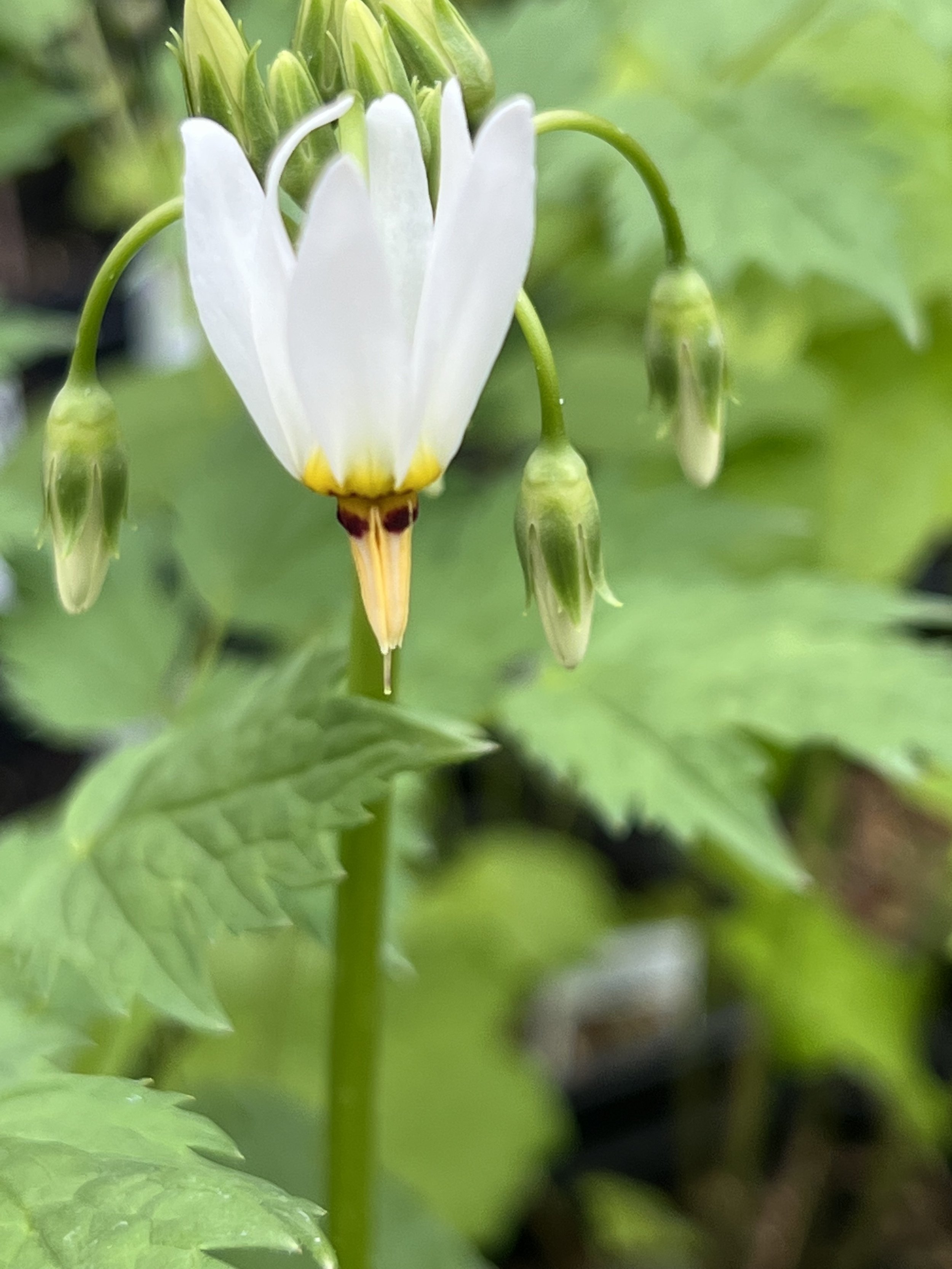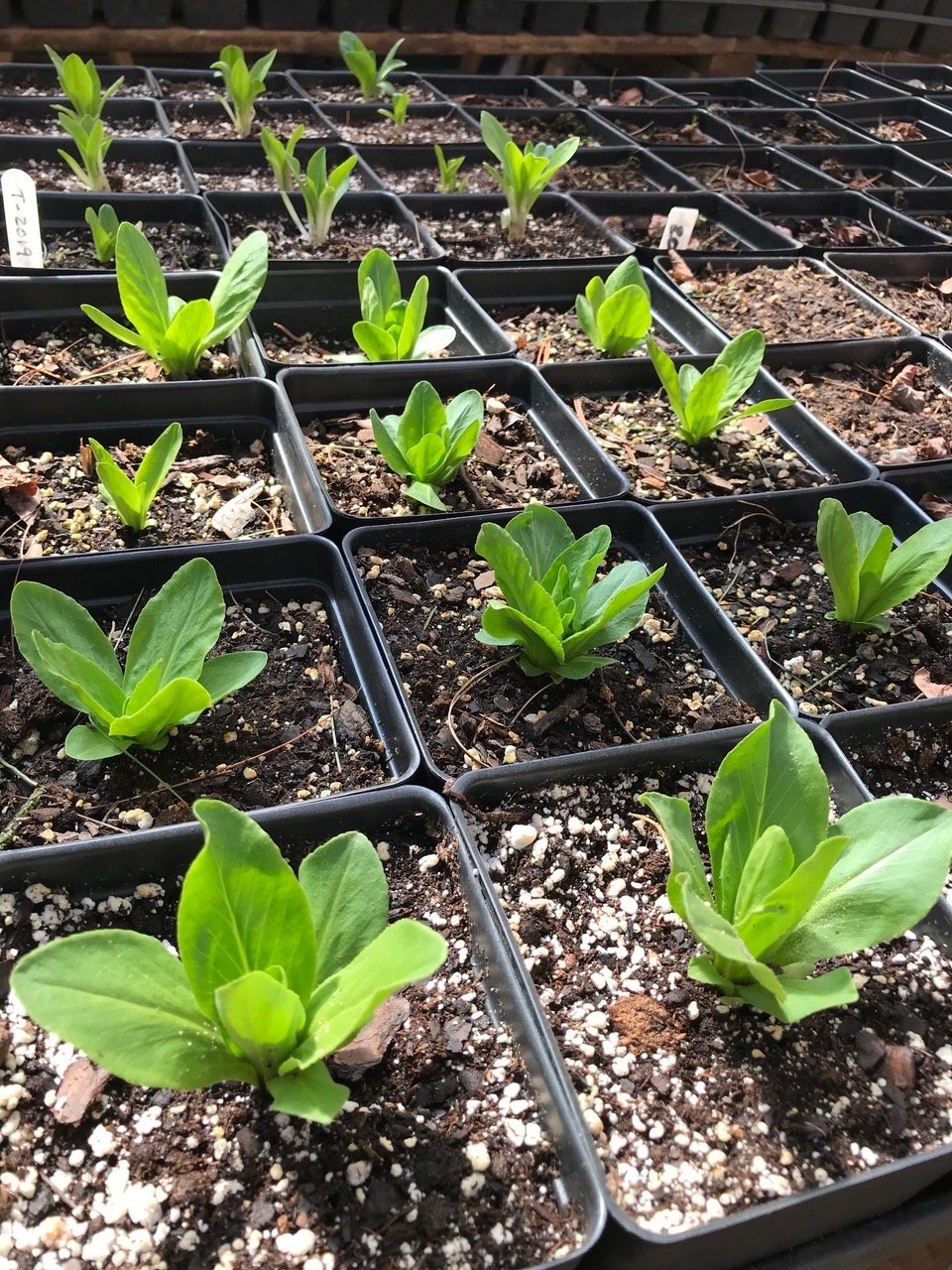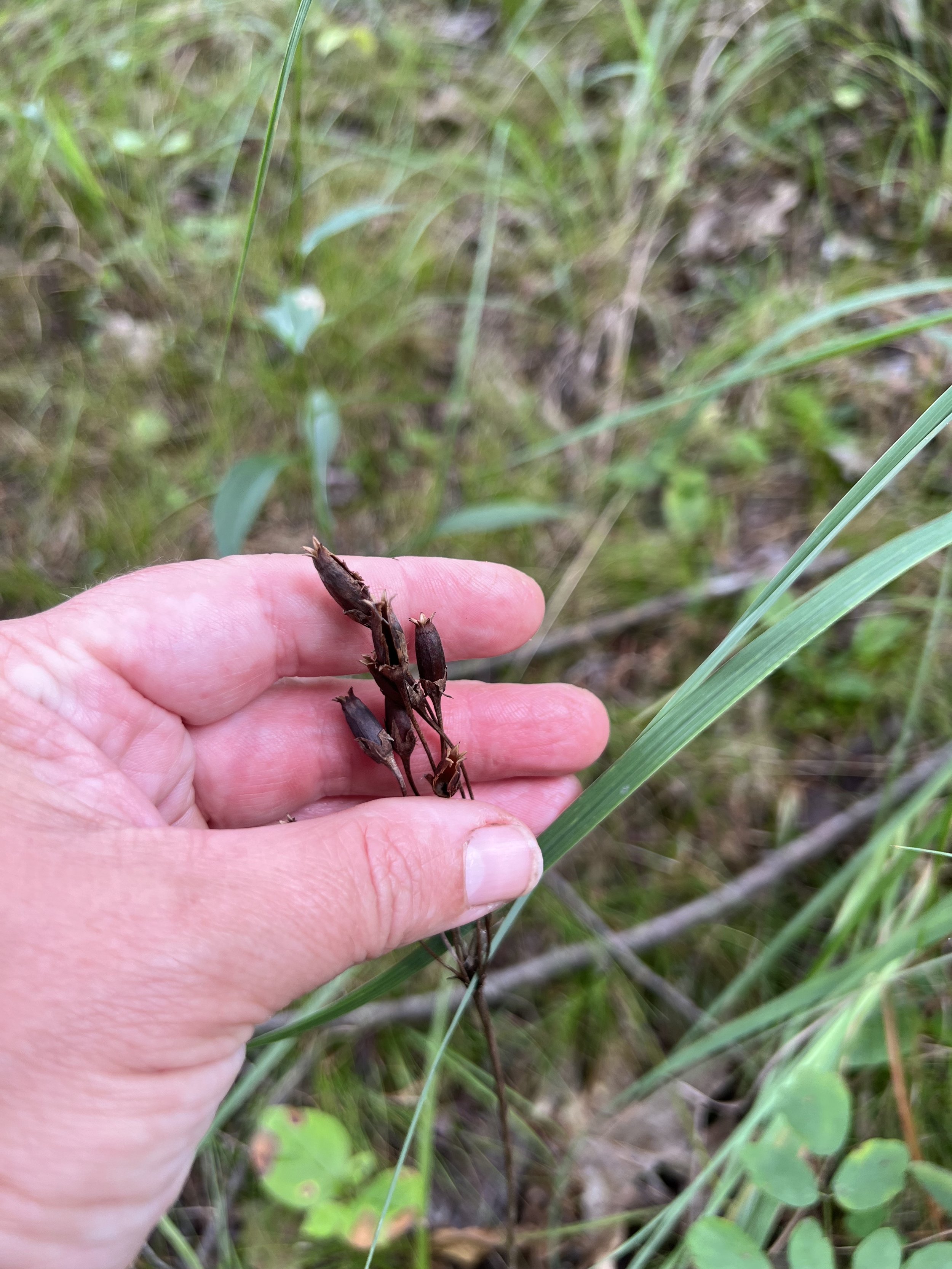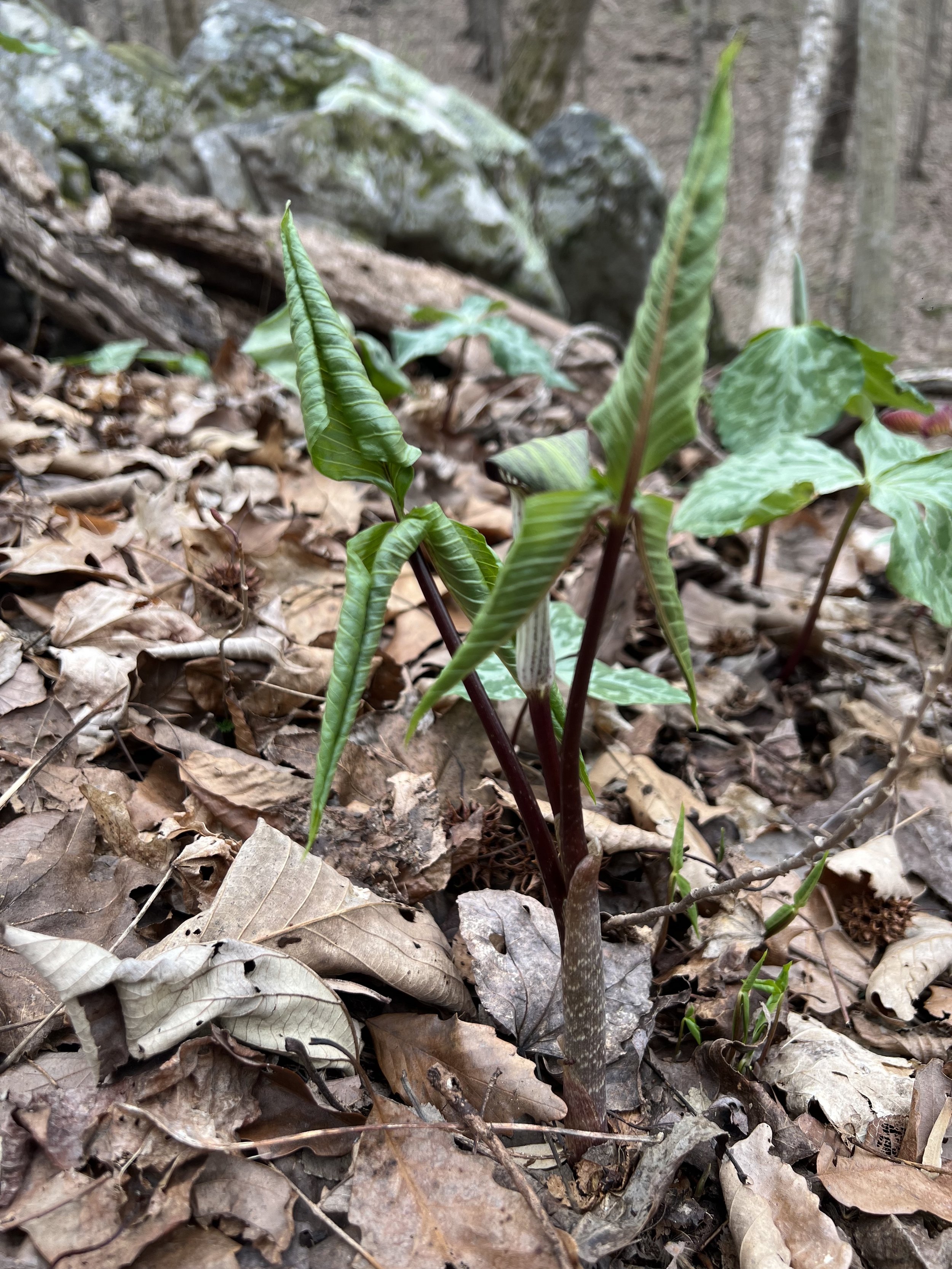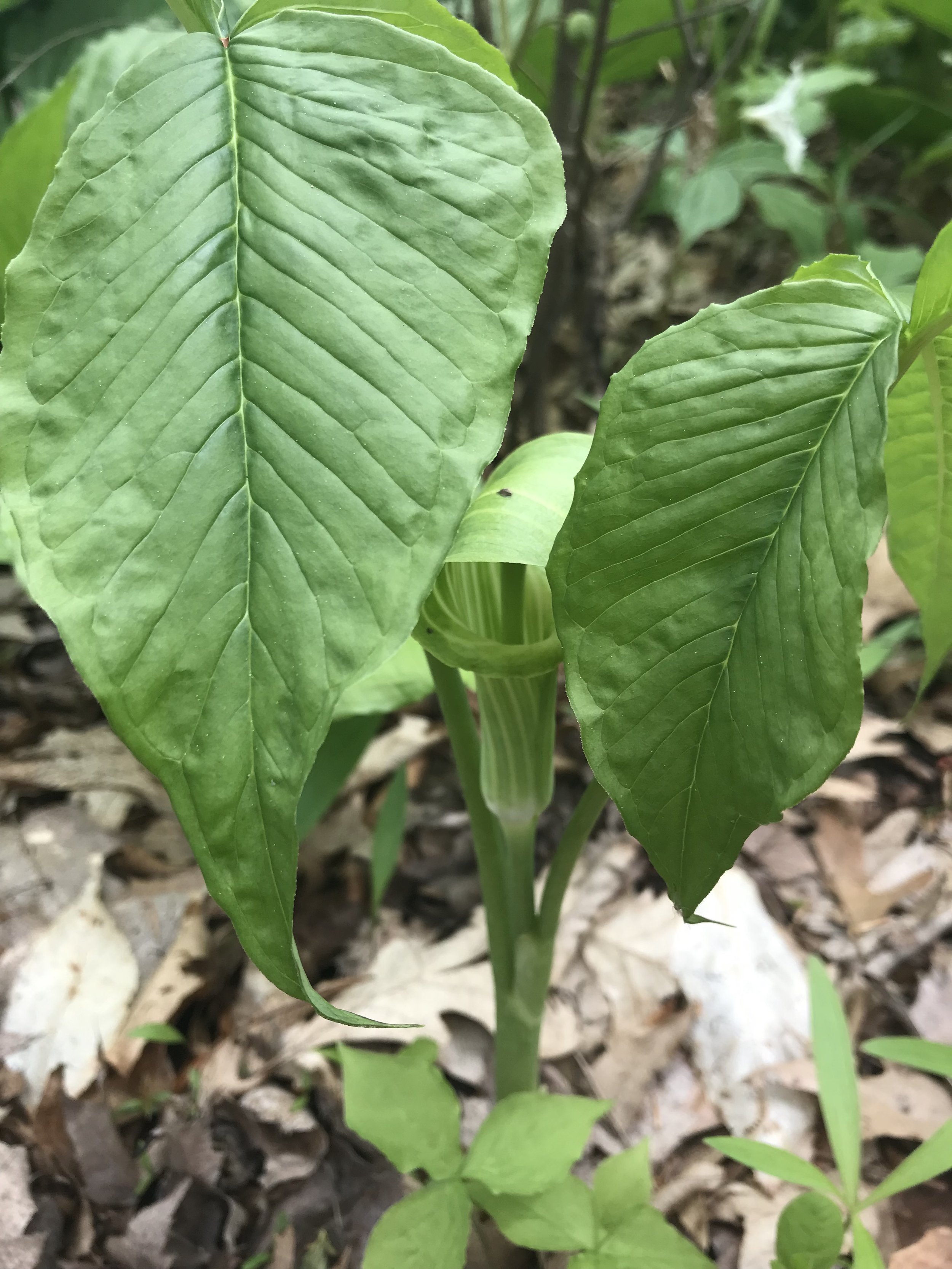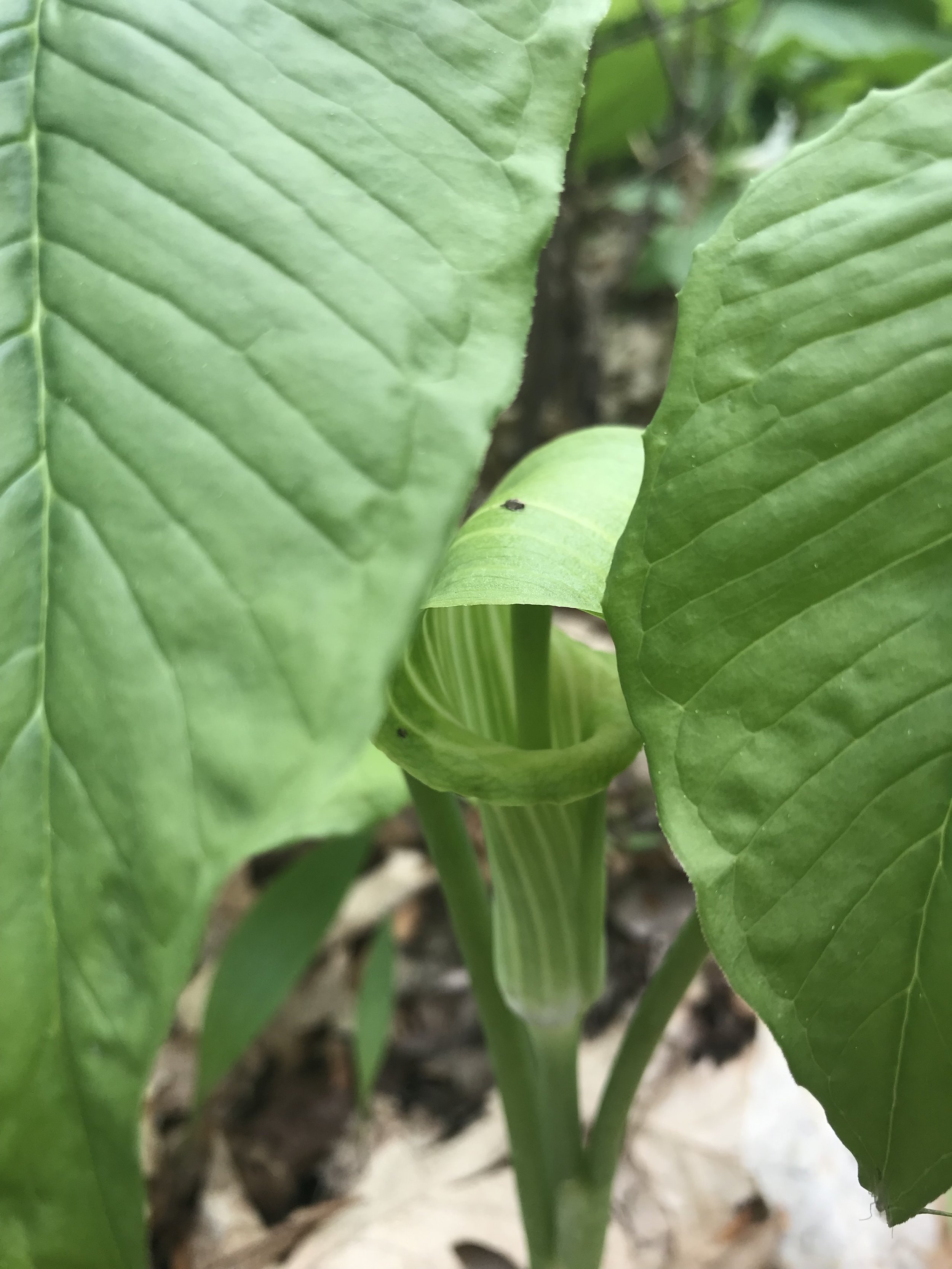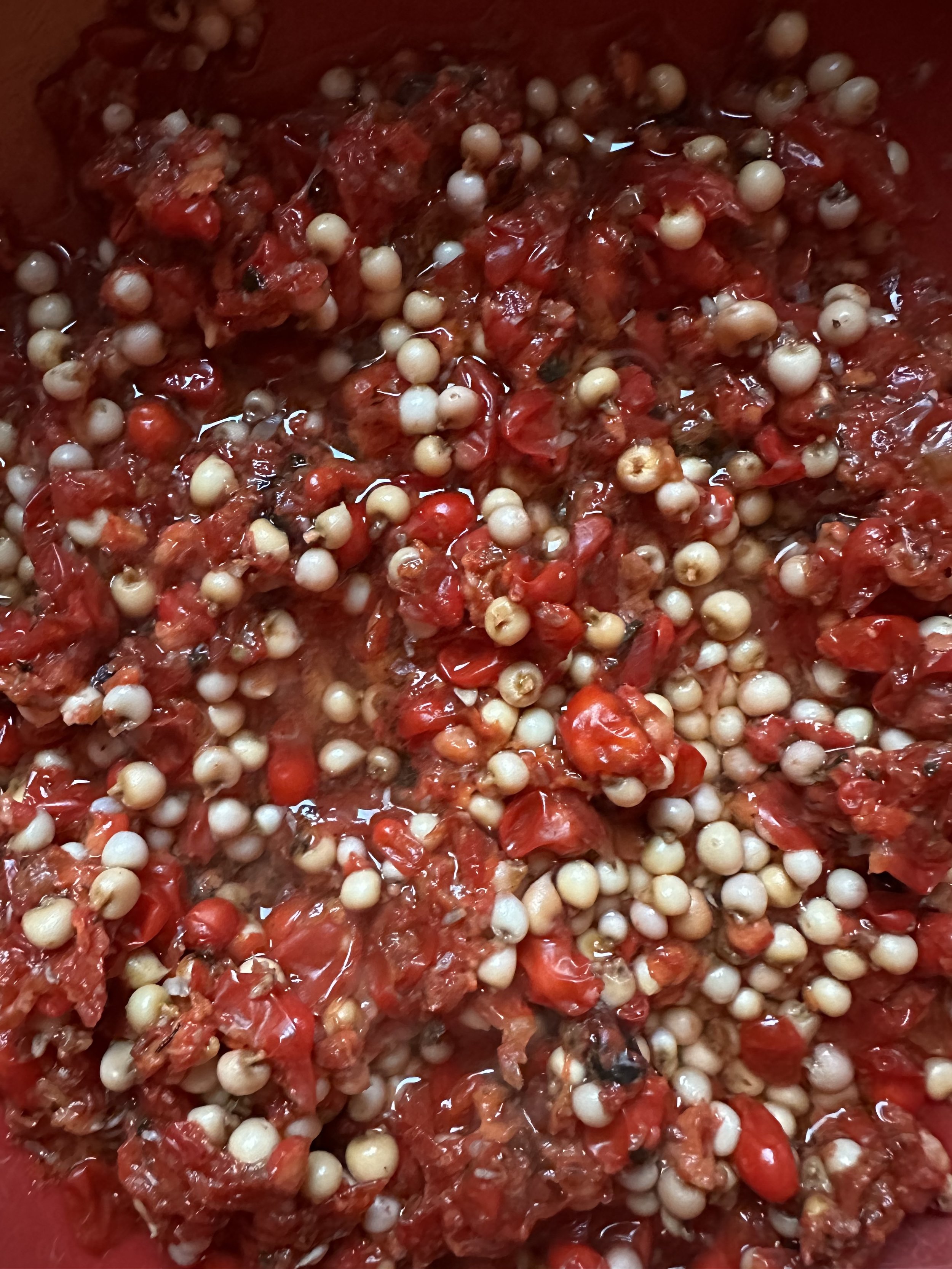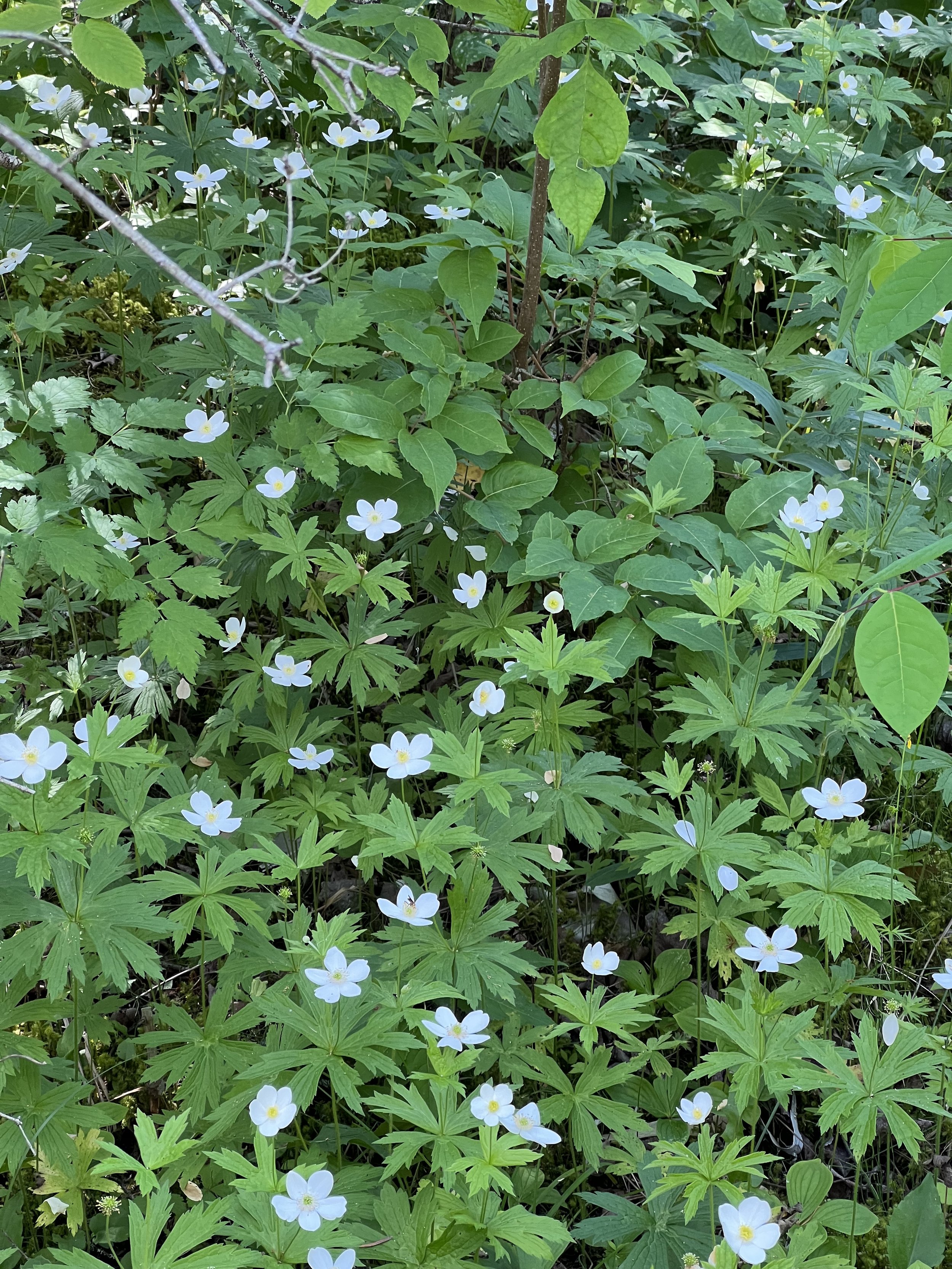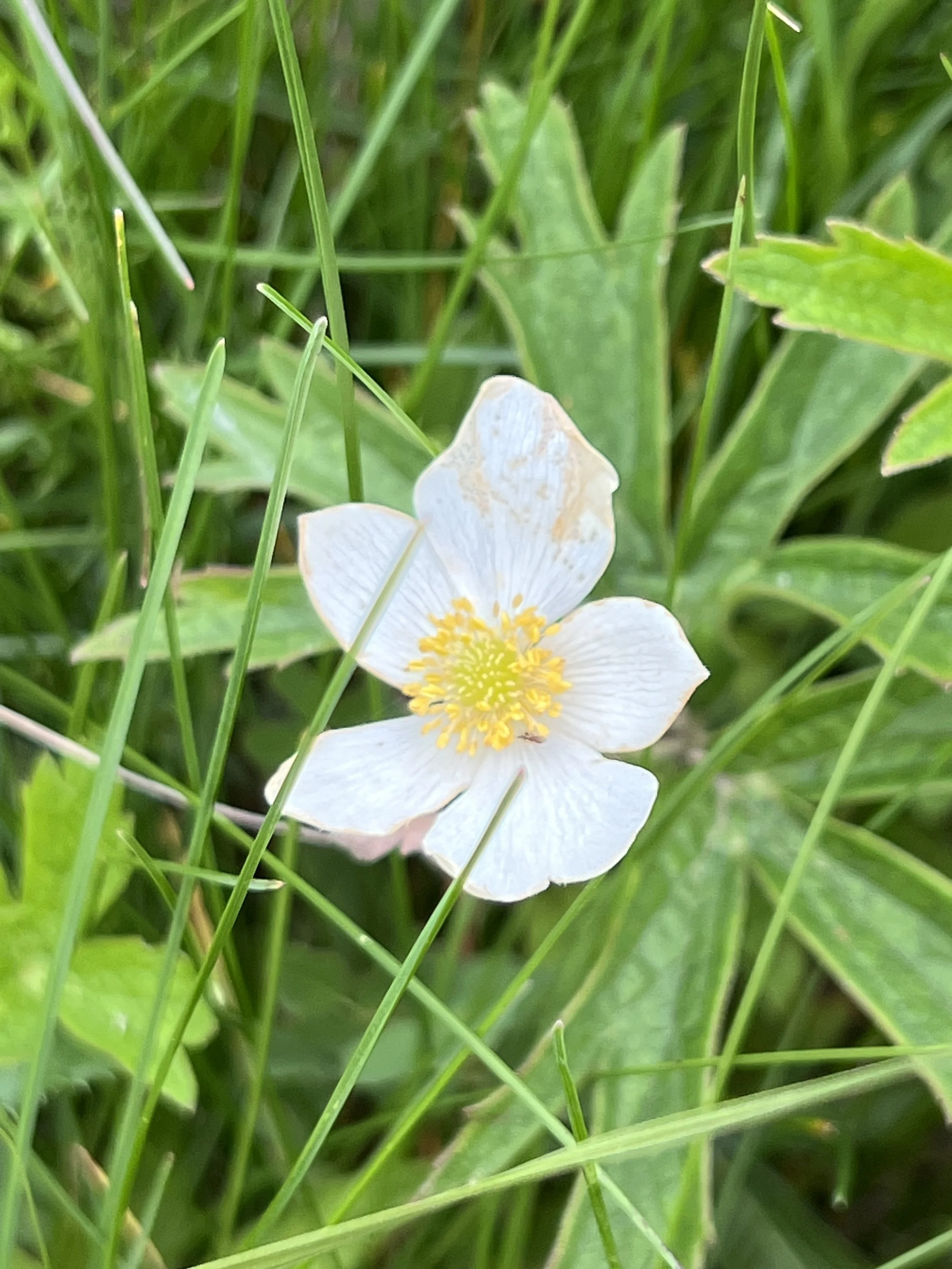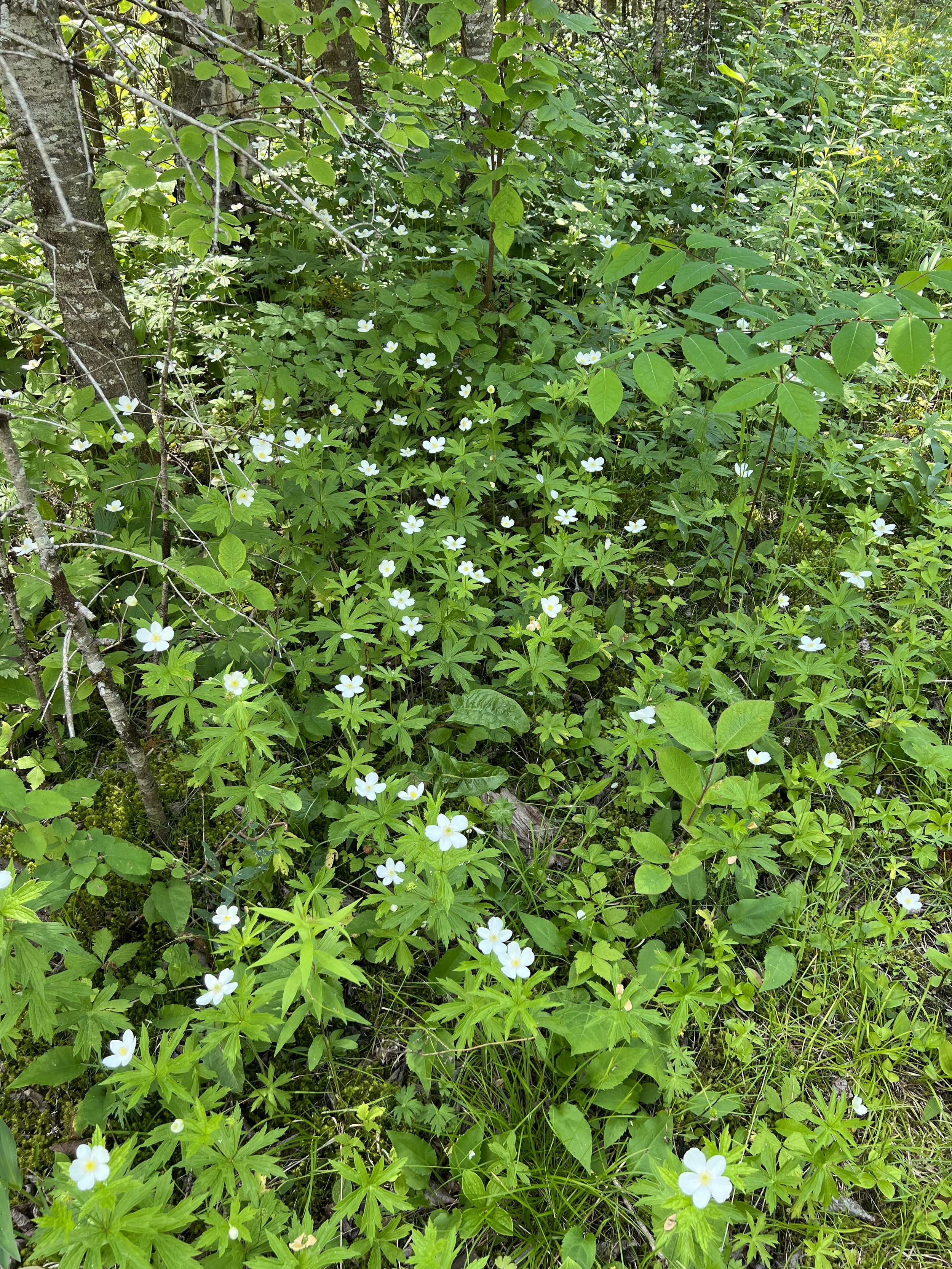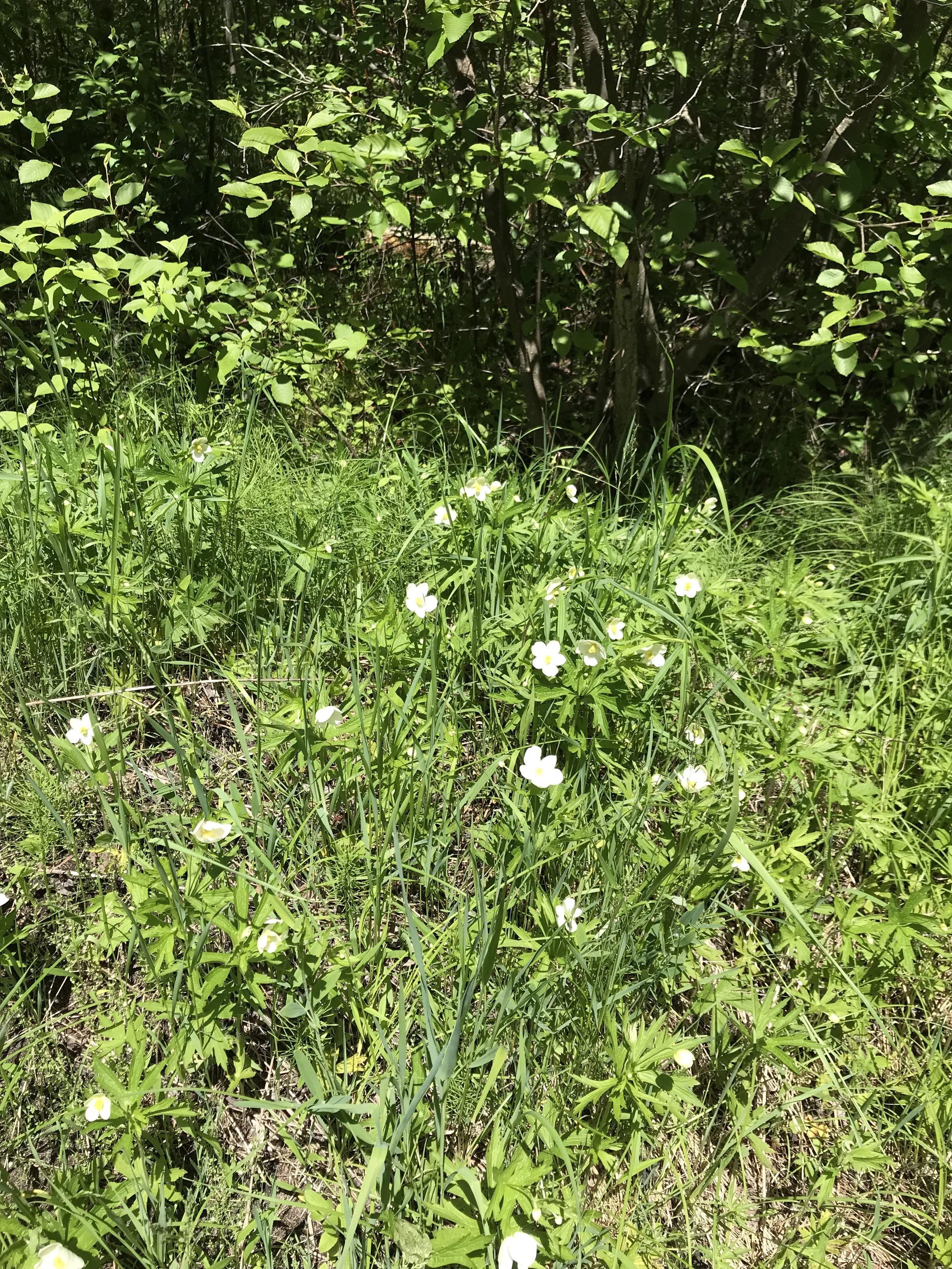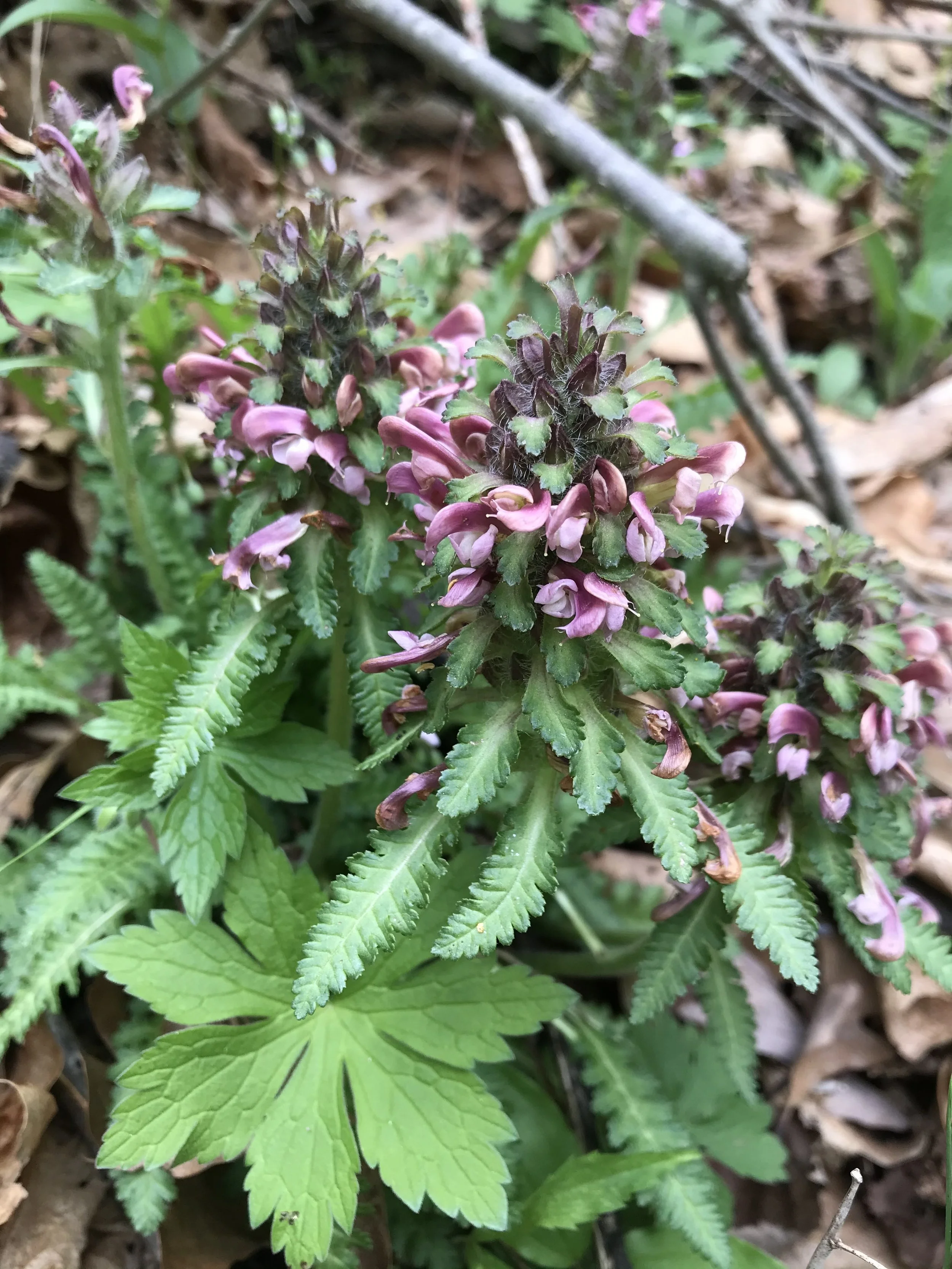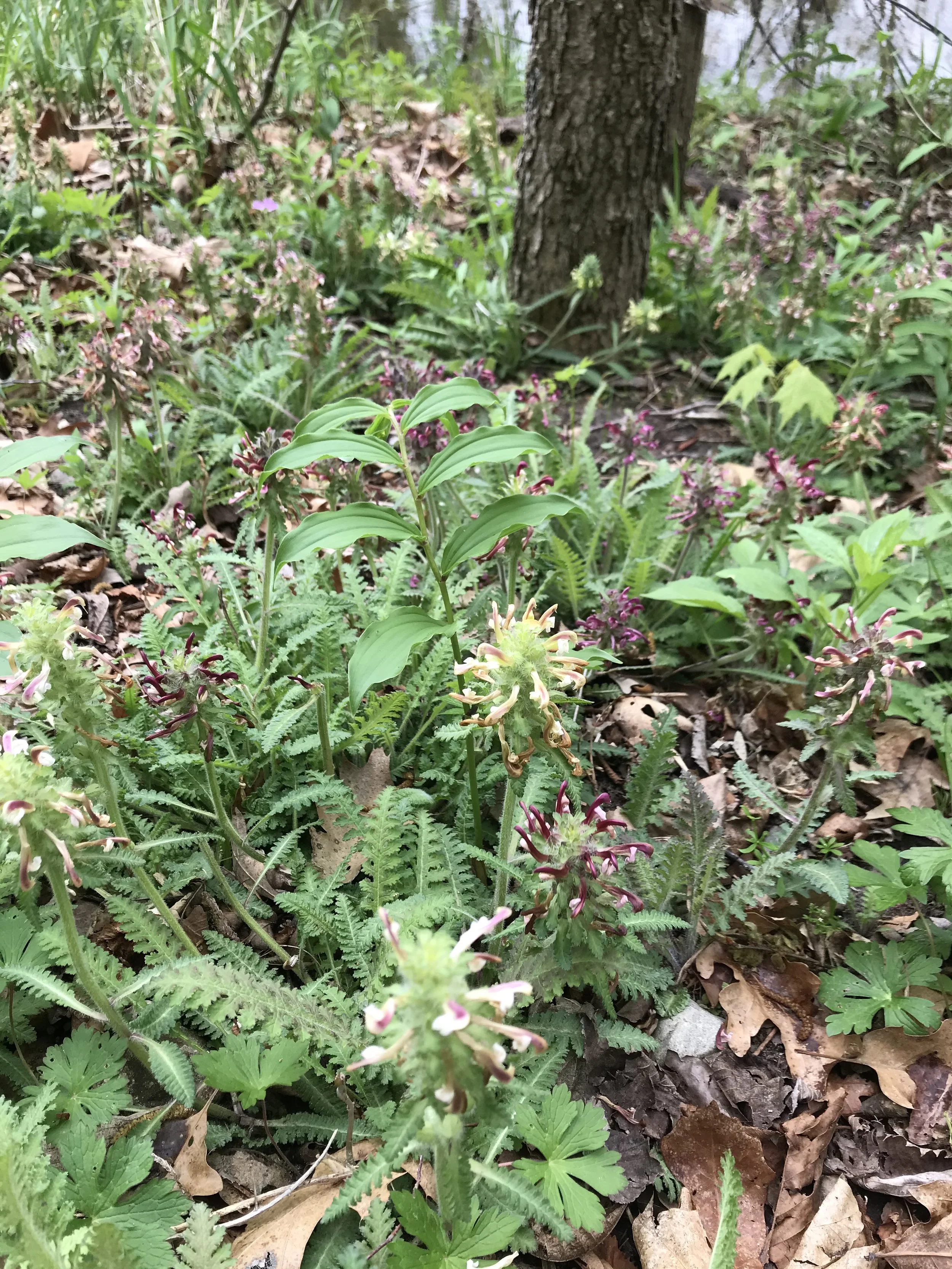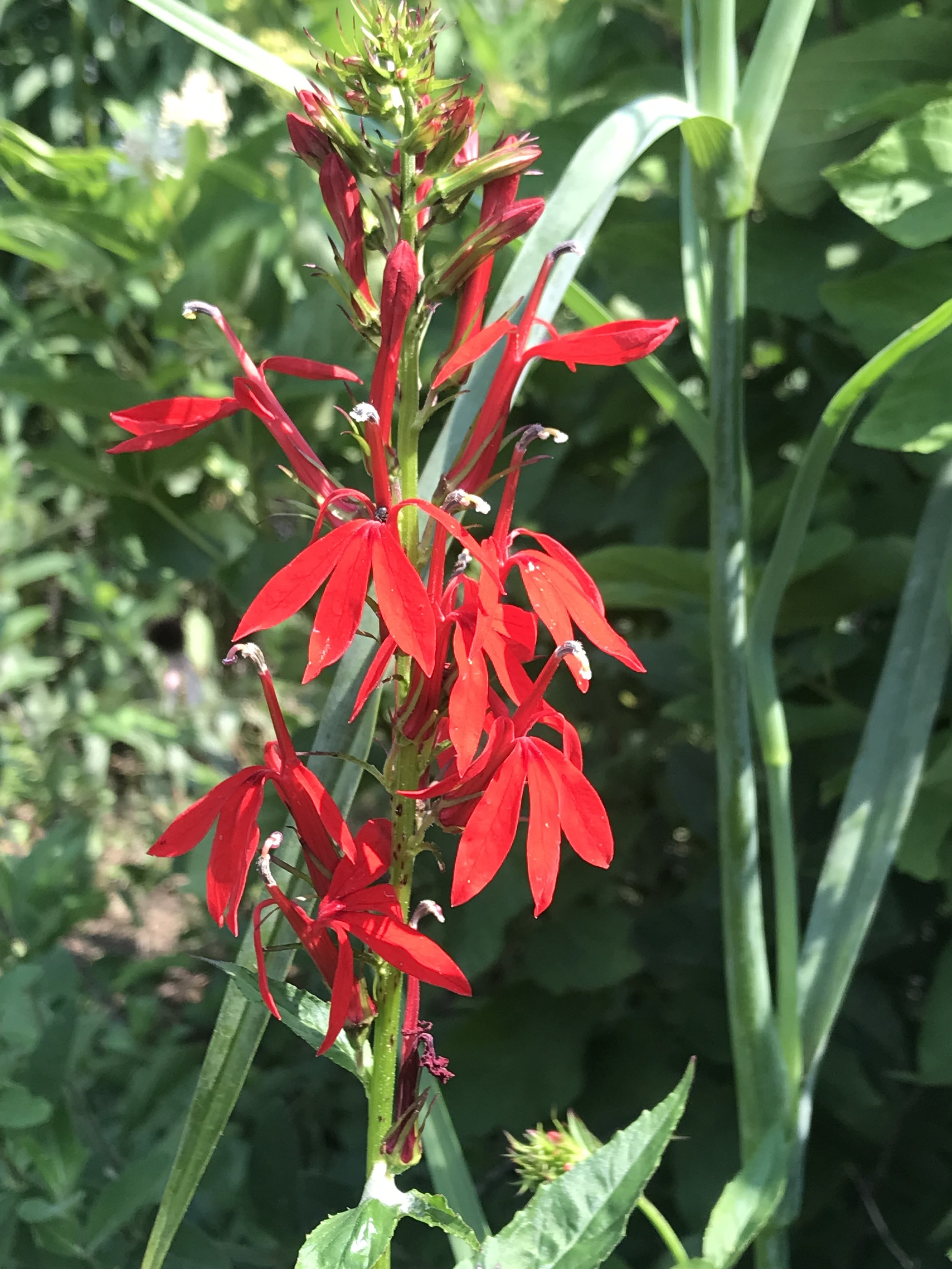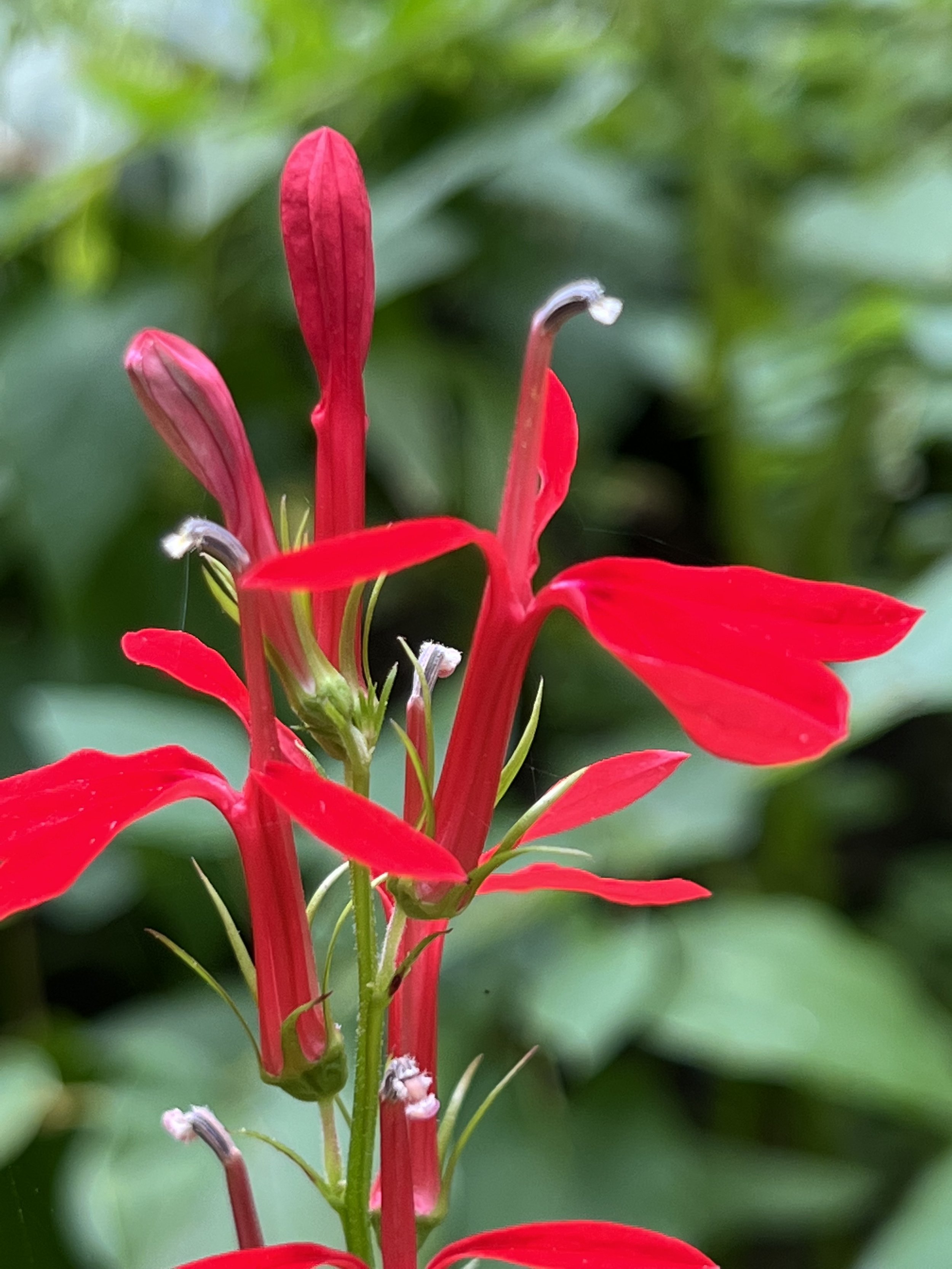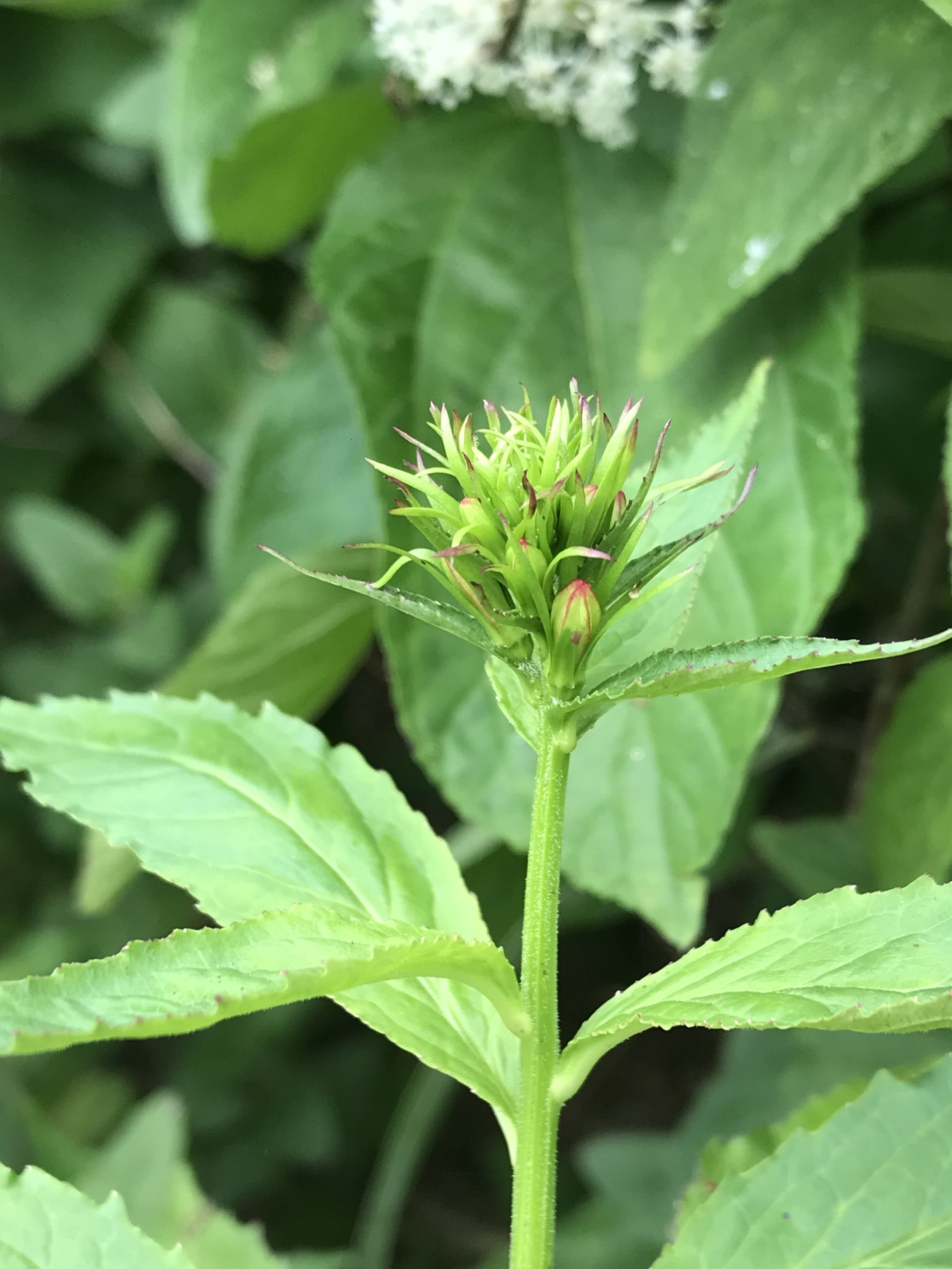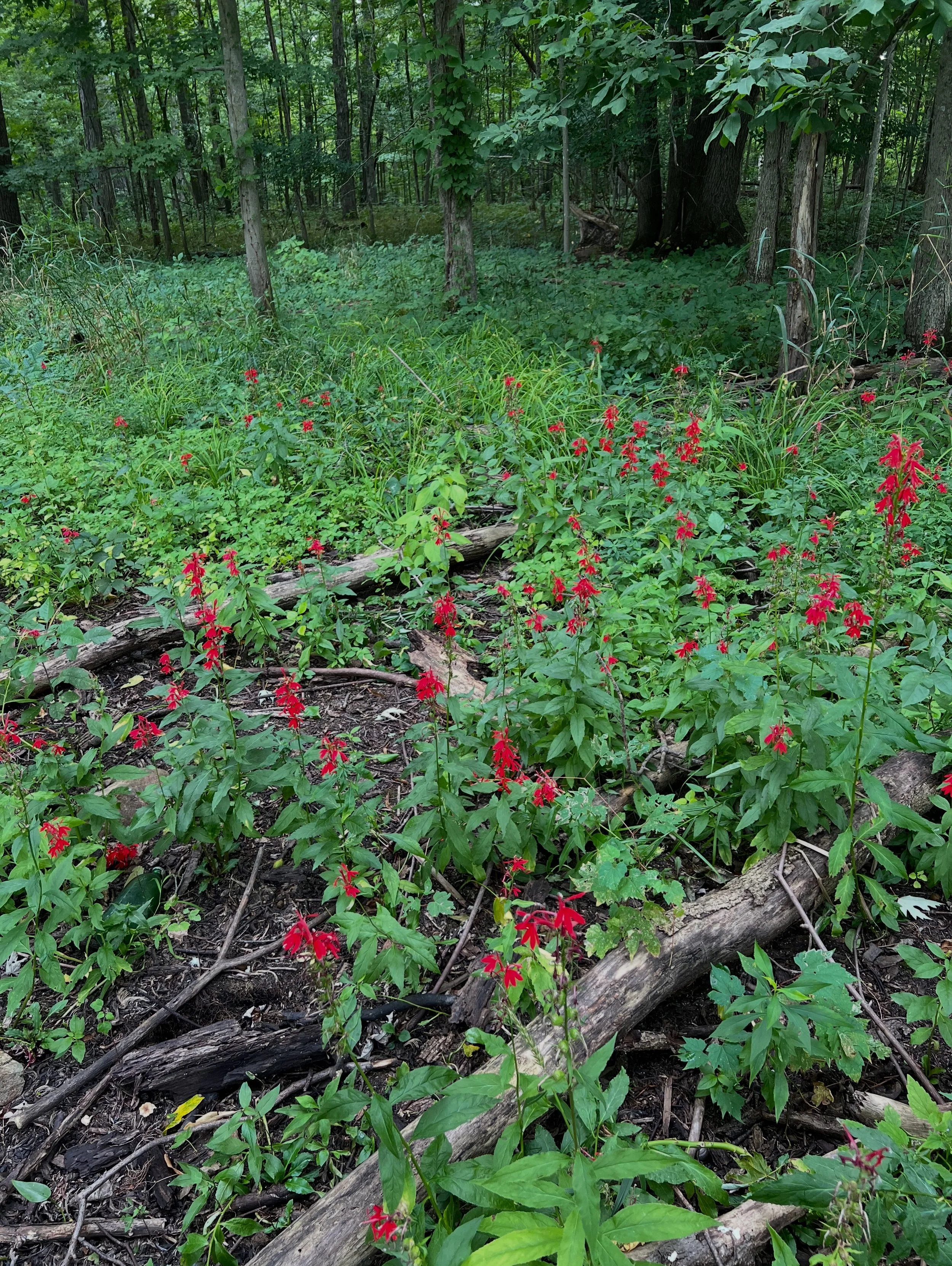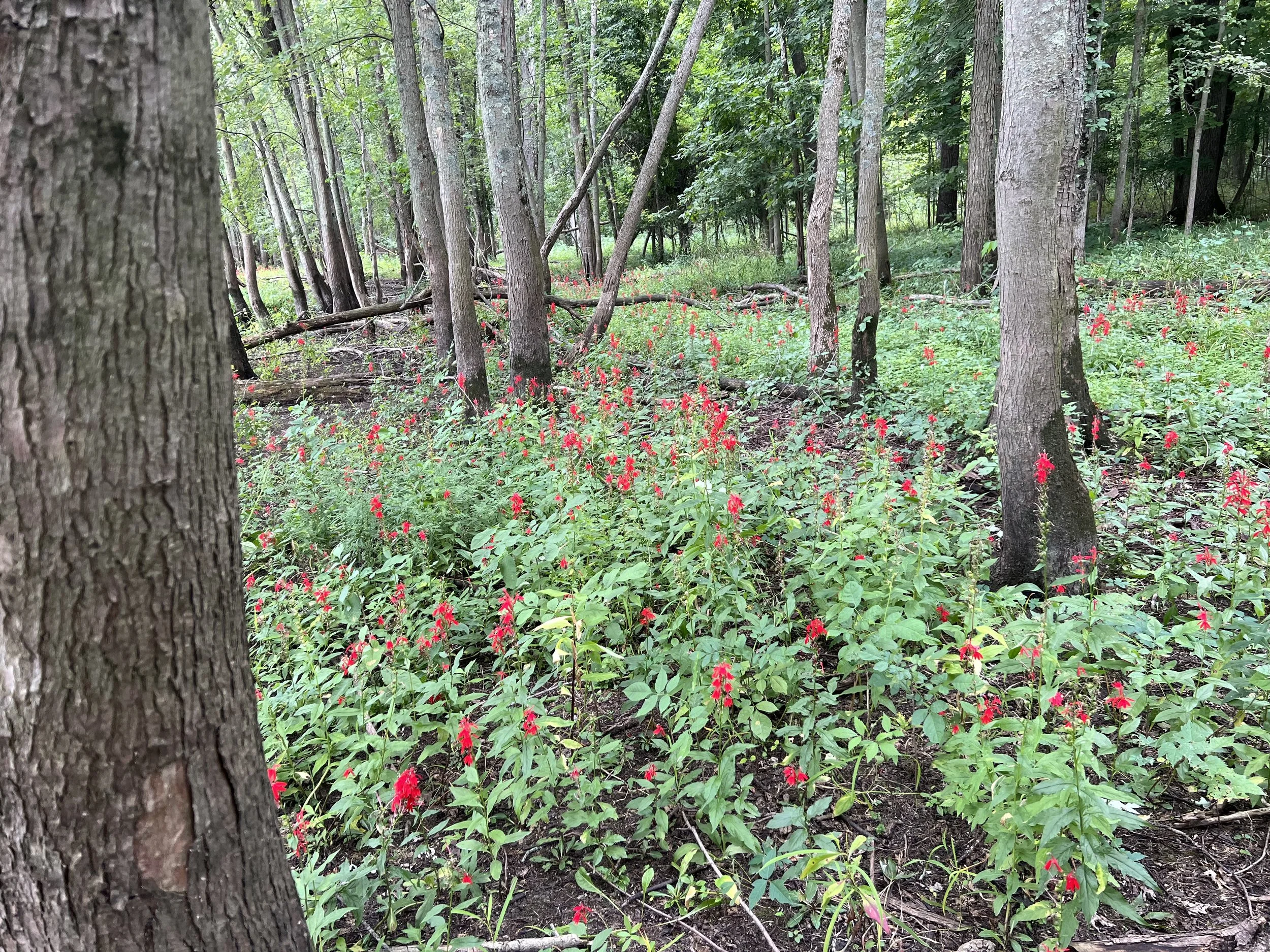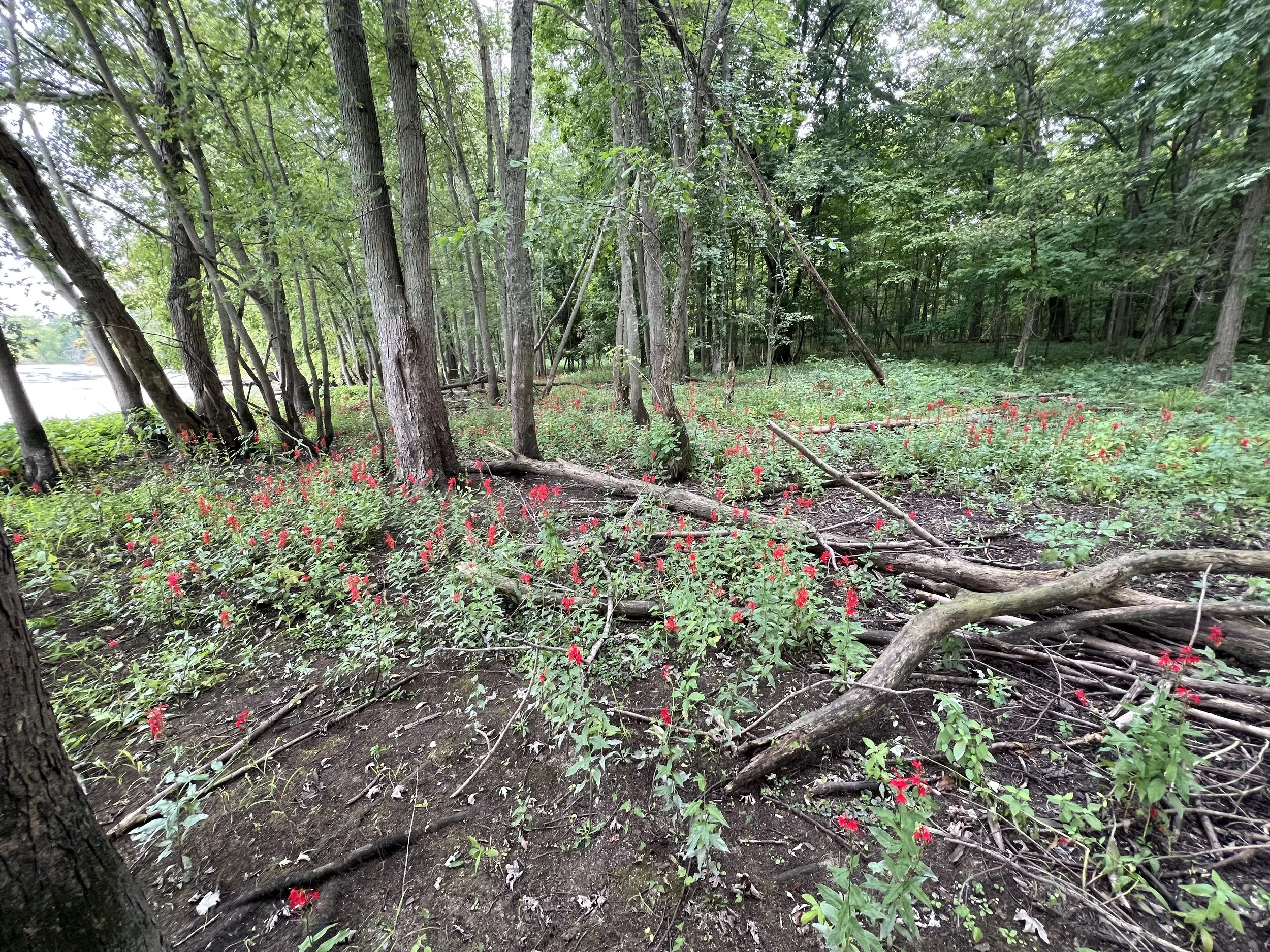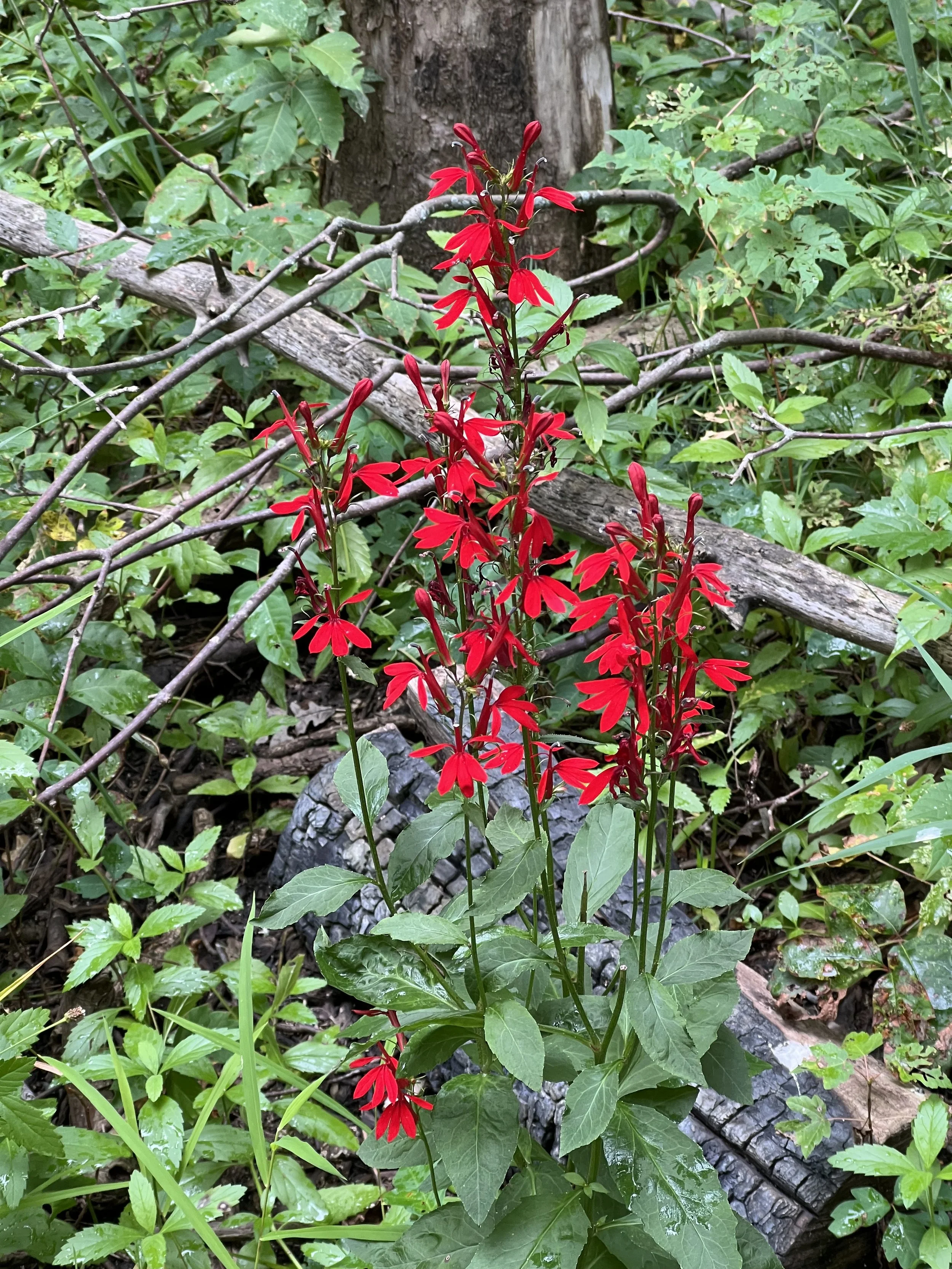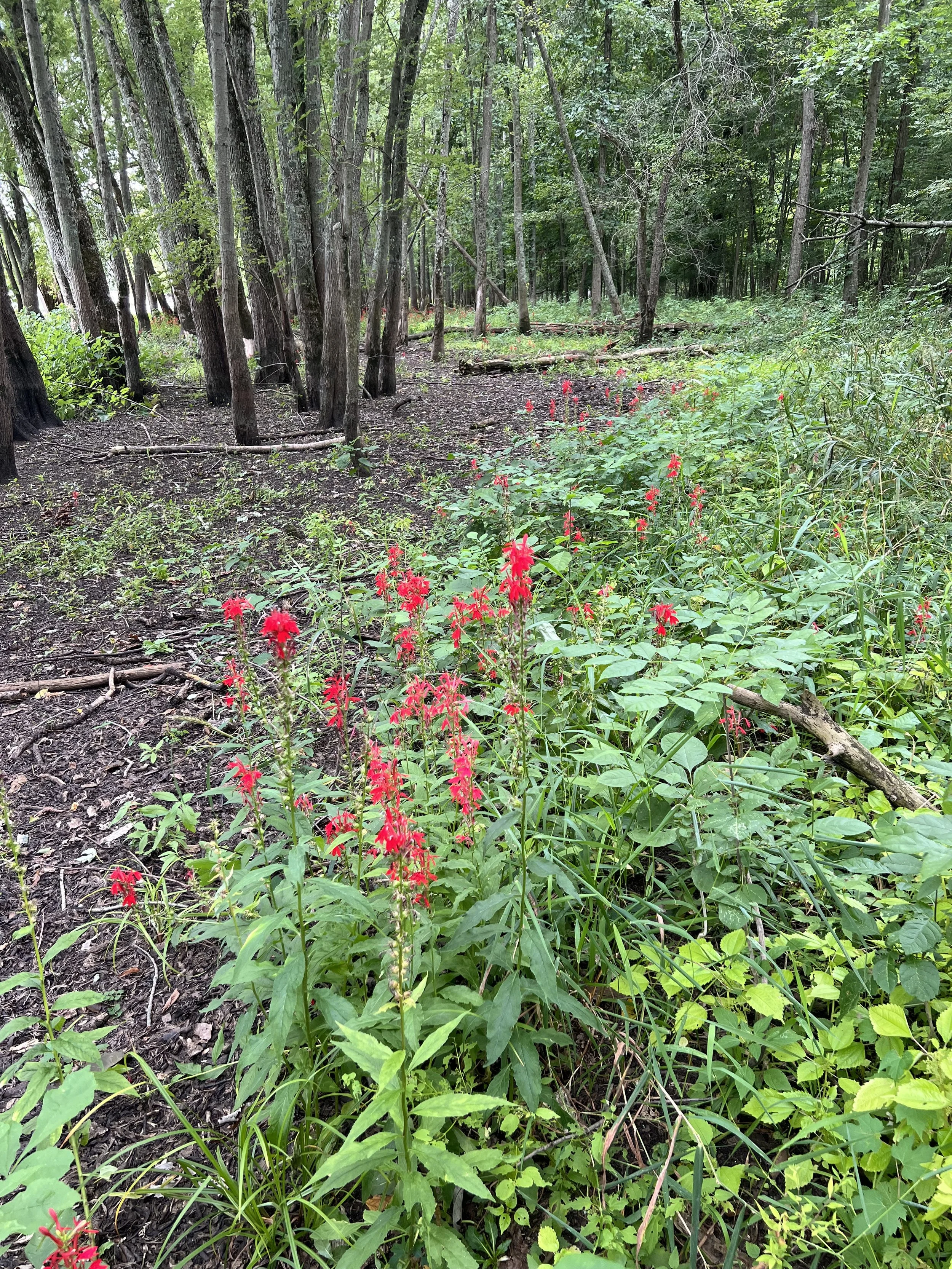 Image 1 of 7
Image 1 of 7

 Image 2 of 7
Image 2 of 7

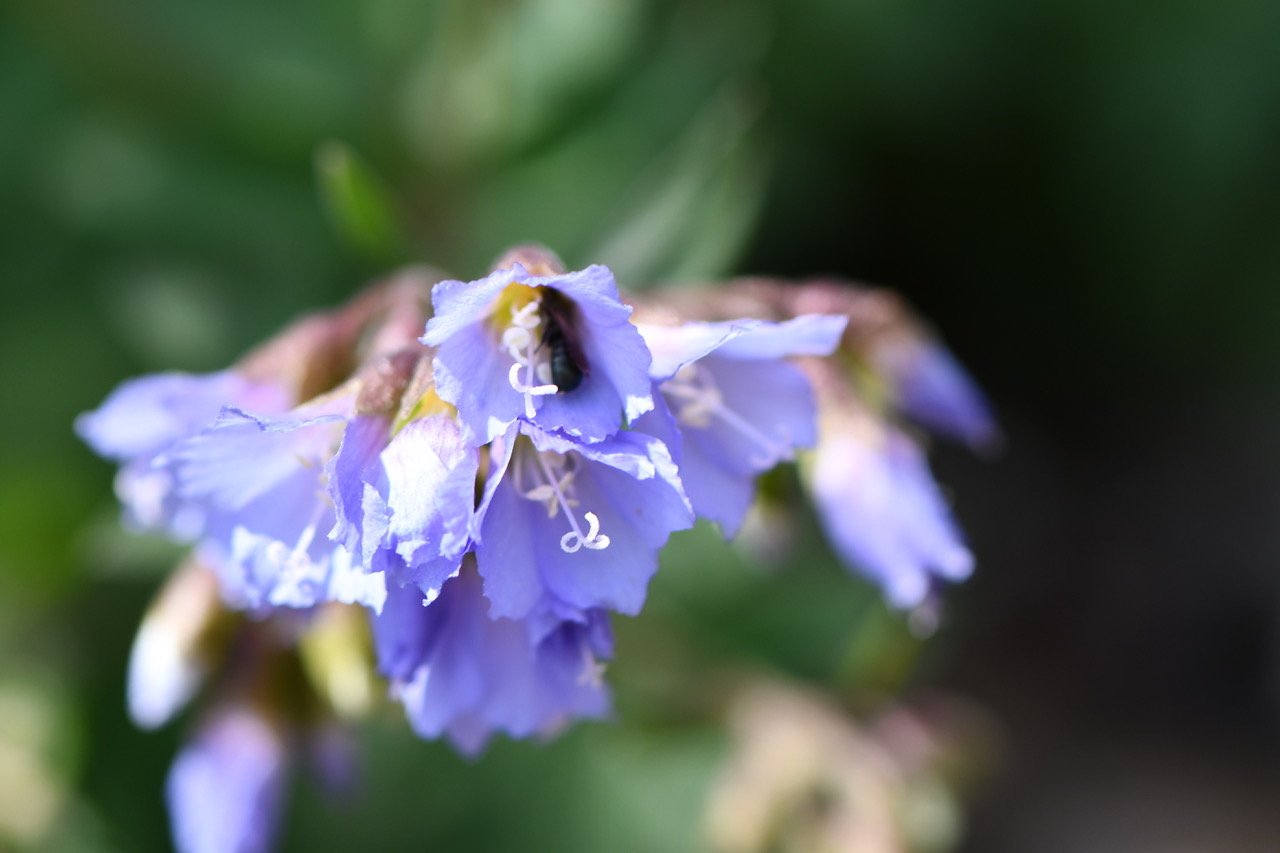 Image 3 of 7
Image 3 of 7

 Image 4 of 7
Image 4 of 7

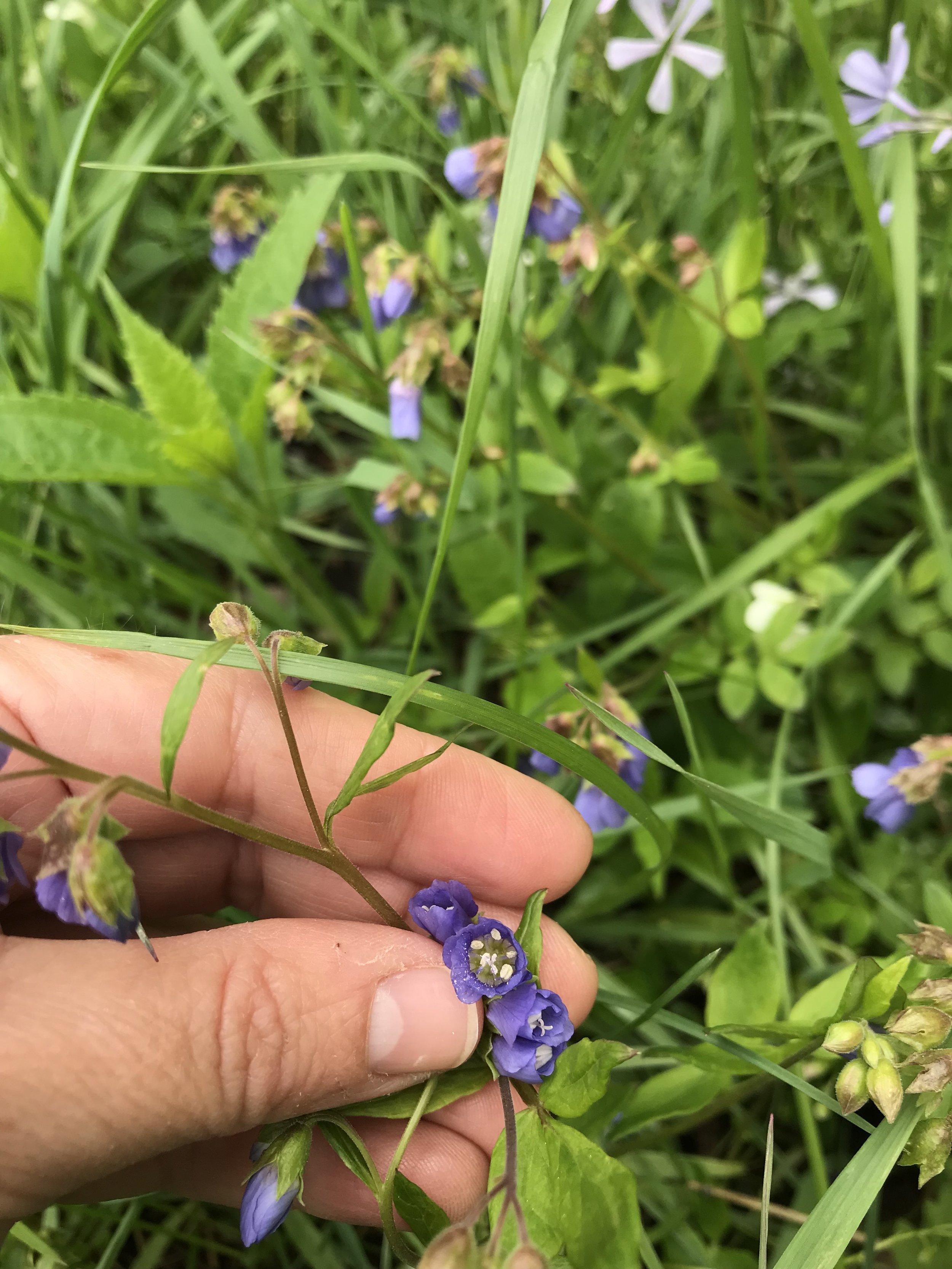 Image 5 of 7
Image 5 of 7

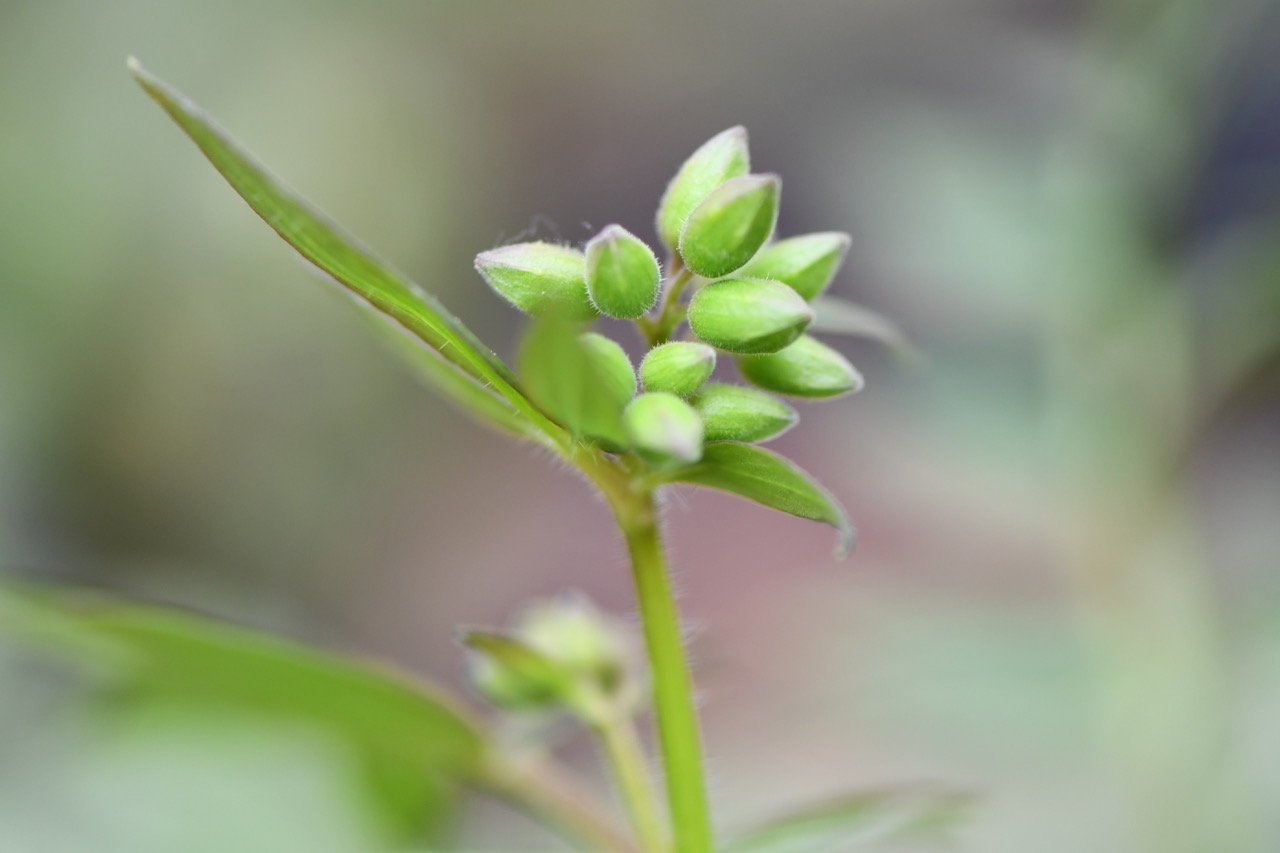 Image 6 of 7
Image 6 of 7

 Image 7 of 7
Image 7 of 7








Jacob's Ladder (Polemonium reptans)
from $3.50
Sold Out
Jacob’s Ladder is a woodland or woodland edge plant. It’s a small plant, growing 12-18 inches high. Upon viewing the leaves that are sub-opposite (not perfectly opposite, but not spaced far enough apart to be considered alternate), the “ladder” is apparent.
Jacob’s ladder is graced with groups of deliate periwinkle colored, bell-like flowers with white anthers (flower part where pollen is concentrated). It is a beautiful compliment to Wood Poppy.
This plant likes medium soil and in my experience is a bit more tolerant of poorer soils than other woodland plants, meaning, a bit less rich.
It is native to the lower counties in Michigan and is classified as threatened in the state.
Lots of bee species benefit from the pollen and nectar of the flowers and two moth species are leaf miners (in their larval stage) inside Jacob’s ladder leaves.
This plant spreads by seed but not aggressively. Seedlings add pairs of leaves as they grow are are charming little plants.
Jacob’s Ladder (Polemonium reptans)
Michigan Flora reference page for state distribution: Jacob’s Ladder
height: 12-18 inches
bloom time: April-June
soil: medium, rich
sun: full, partial, shade
plant spacing: 8”
flower: blue
life cycle: perennial
family: Polemoniaceae
Michigan conservation status: threatened
seed source: Michigan
Sizes:
Get notified by email when this product is in stock.
Jacob’s Ladder is a woodland or woodland edge plant. It’s a small plant, growing 12-18 inches high. Upon viewing the leaves that are sub-opposite (not perfectly opposite, but not spaced far enough apart to be considered alternate), the “ladder” is apparent.
Jacob’s ladder is graced with groups of deliate periwinkle colored, bell-like flowers with white anthers (flower part where pollen is concentrated). It is a beautiful compliment to Wood Poppy.
This plant likes medium soil and in my experience is a bit more tolerant of poorer soils than other woodland plants, meaning, a bit less rich.
It is native to the lower counties in Michigan and is classified as threatened in the state.
Lots of bee species benefit from the pollen and nectar of the flowers and two moth species are leaf miners (in their larval stage) inside Jacob’s ladder leaves.
This plant spreads by seed but not aggressively. Seedlings add pairs of leaves as they grow are are charming little plants.
Jacob’s Ladder (Polemonium reptans)
Michigan Flora reference page for state distribution: Jacob’s Ladder
height: 12-18 inches
bloom time: April-June
soil: medium, rich
sun: full, partial, shade
plant spacing: 8”
flower: blue
life cycle: perennial
family: Polemoniaceae
Michigan conservation status: threatened
seed source: Michigan

